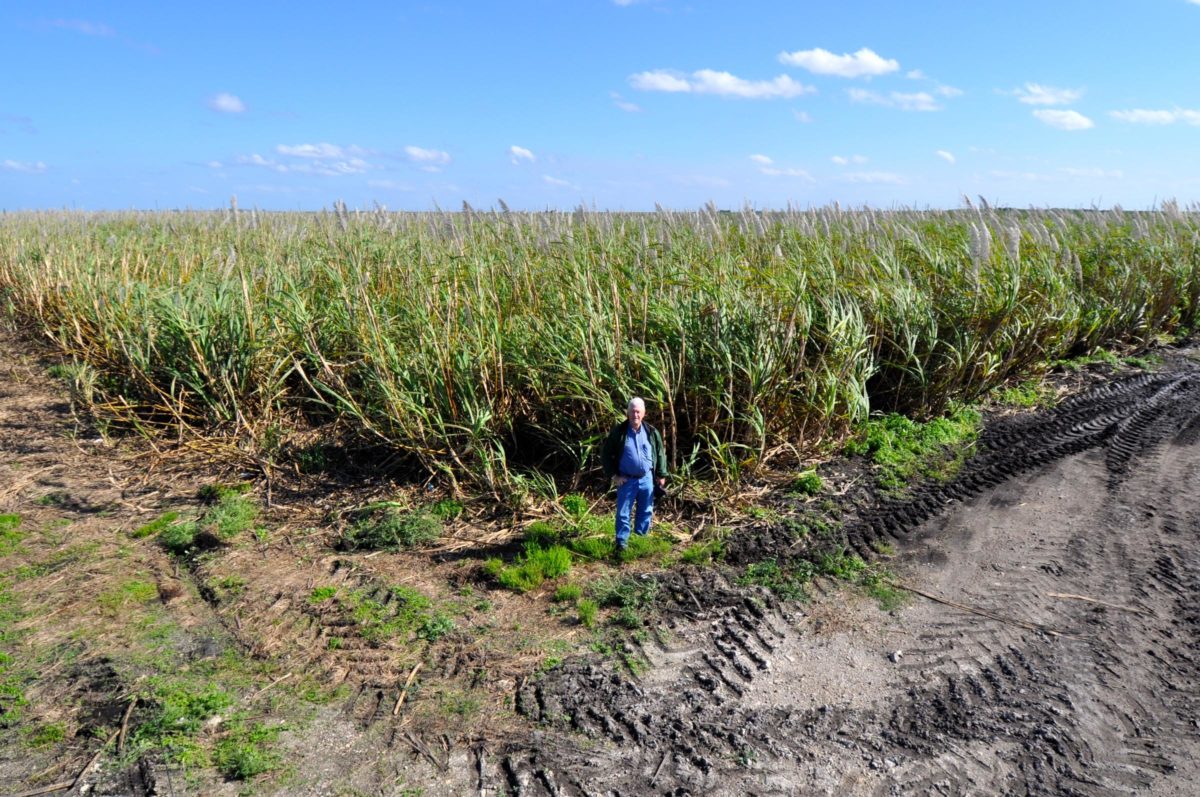
As algae blooms continue to pour out of Lake Okeechobee, environmentalists and other activists are once again taking aim at the farming industry, blaming them for contributing to the toxicity that allows algae to grow.
The sugar industry has long disputed that it deserves the majority of the blame. Now one group is ramping up efforts to get that message out into the public.
Florida Sugarcane Farmers, a group representing the sugar industry, launched a new site to push back against what it deems unfair attacks.
While algae are naturally-occurring, pollution in the form of phosphorus and nitrogen can help cause the blooms to spread out of control.
Those blooms then pour out of Lake Okeechobee as water levels rise, spreading to other waterways. The foul-smelling blooms can then spread to other parts of the state, as happened in 2016 when Gov. Rick Scott was forced to declare a state of emergency in four Florida counties.
That has led to understandable outrage among Floridians, but sugarcane farmers say their farms aren’t the primary source of the pollution.
“Sugarcane farmers have a long and proud history of working with Florida Governors on both sides of the aisle, dating back to when sugarcane was first planted in Southwest Dade County in the 1920s,” said Ardis Hammock, a spokesperson for the group. Hammock is also the owner and operator of Frierson Farms in Moore Haven.
“We look forward to educating all the candidates on the issues impacting sugarcane farmers across South Florida. It’s a shame the conversation has been hijacked by anti-farmer groups, which have been spreading misinformation about our jobs and our way of life.”
Hammock goes on to point out that many of the nutrients blamed for exacerbating the algae problem come from north of the lake, rather than the south, the location of most of sugarcane fields. A 2016 article from the Sun Sentinel estimated that just 5.8 percent of phosphorus in Lake Okeechobee came from those lands.
“Just like our coastal neighbors, we are concerned about algae in local waterways, which is why we support science-based solutions that will store and treat the water coming into Lake Okeechobee at its source north of the lake.”
Hammock cites the industry’s efforts to provide land for Everglades restoration, money invested into soil cleaning efforts, and a reduction in phosphorus output.
The Florida Sugarcane Farmers’ new site attempts to operate as an explainer for why their industry is not to blame for the blooms.
Indeed, the group isn’t alone in pushing back against environmentalist groups when it comes to this issue. A pair of statewide Republican candidates recently attacked the group Bullsugar over its “ridiculous” claims about sugarcane farmers.
And John S. Hundley, president of EAA Farmers, Inc. hammered Democratic candidates in the Florida governor’s race for their perceived hostility toward the industry.
“The display at Wednesday night’s Florida Democratic gubernatorial debate was shameful,” said Hundley.
“While the candidates on stage were trying to one-up each other to score cheap political points by maligning Florida farmers, we were hard at work past sundown growing the food to feed their families.”
He finished by saying, “Perhaps if they ever took the time to visit rural Florida, they’d be able to get their facts straight. And the next time they charge an arm and a leg at their high-priced donor dinners, they should remember that we are the Florida farmers who put the food on their plates.”



3 comments
Paul Laura
July 20, 2018 at 6:27 pm
Unfortunately, the lack of available data (due to decrease in DEP funding) to confirm the levels of P or N entering Lake Okeechobee from the North and the South make most assumptions invalid. We also have to agree on where the sampling is taken. For example Florida DEP is saying there is little toxin in Lake Okeechobee. We would challenge them to take a sample in the middle of a bloom not on the shores where it is either very diluted or not present.
Also, it should be noted that non-Ag Floridians have to bear responsibility for a part of the algae bloom problems. We are not handling human bio-waste correctly by sending from the city waste plants to the Ag community which then spreads our waste on their fields. We need to start programs of using waste for other applications. New technology can convert the waste into energy and water which can be re-used. Reduce the nutrients on our lands and in our waters, you reduce algae blooms.
Kay Haering
July 20, 2018 at 6:56 pm
The Sugar Companies should stop the source from coming into the lake. If this is truth. And clean it before sending into our Rivers!
barry c.
July 21, 2018 at 2:26 pm
US taxpayer have spent over $2.5 billion on algae research over the last 70 years.
Where is the algae bloom remediation?
Comments are closed.